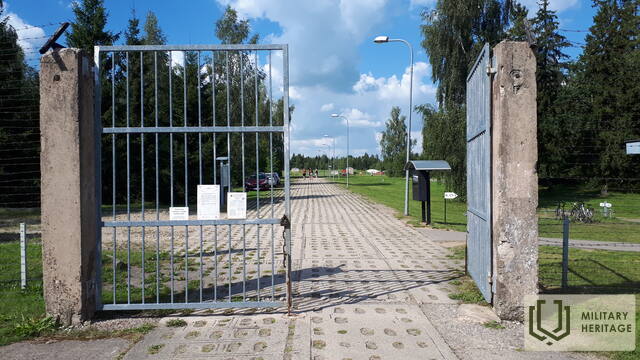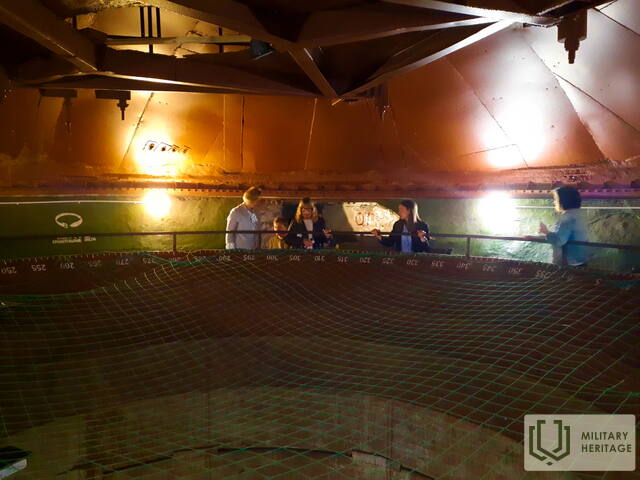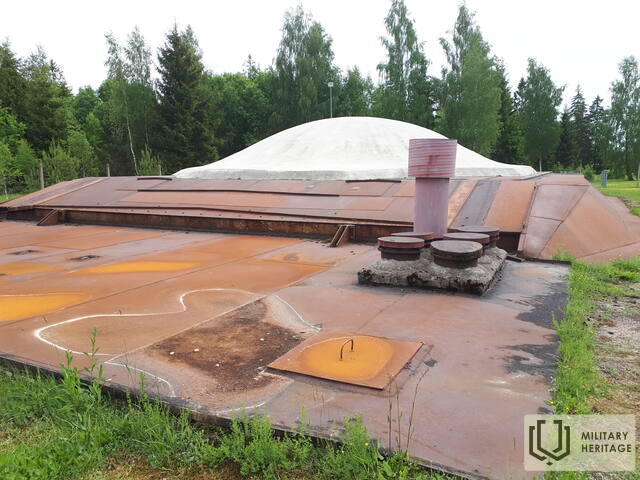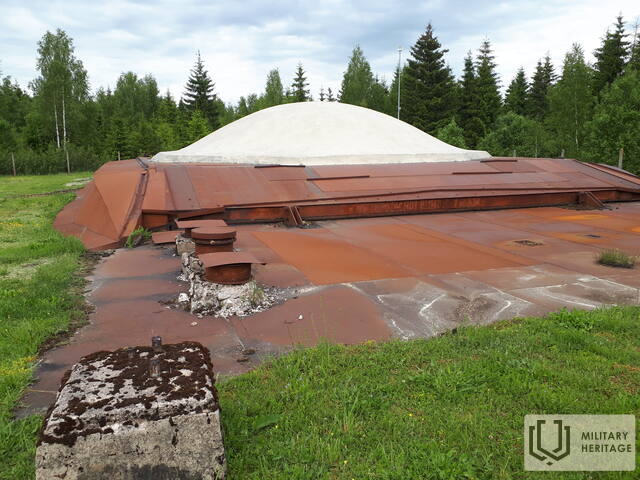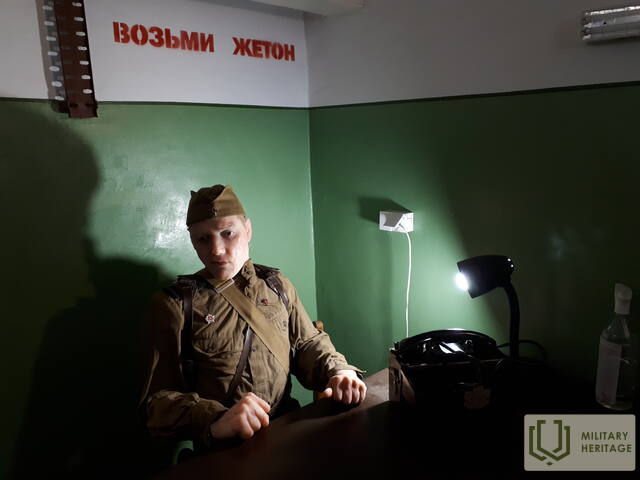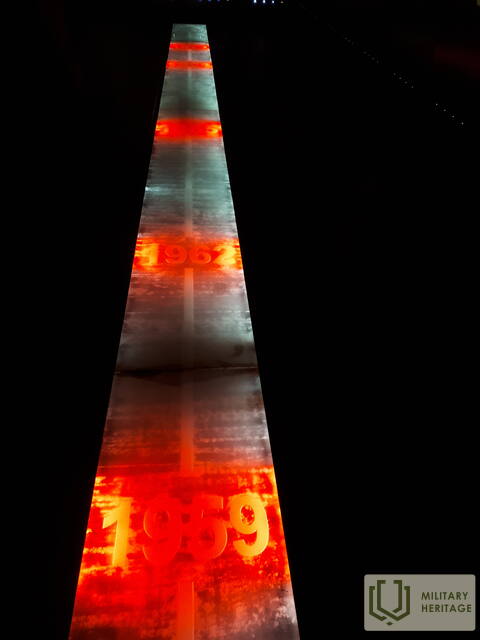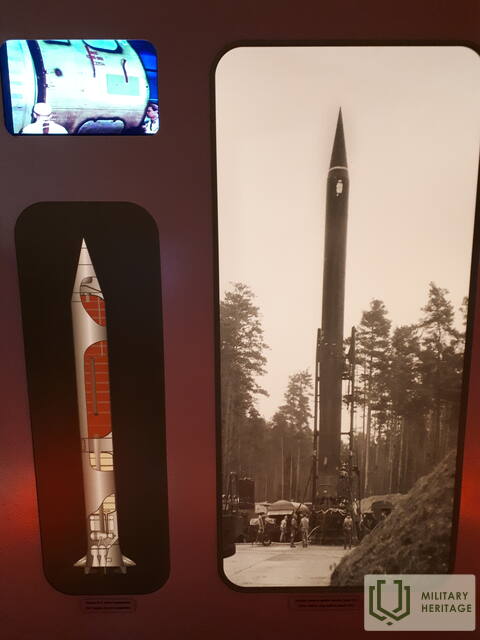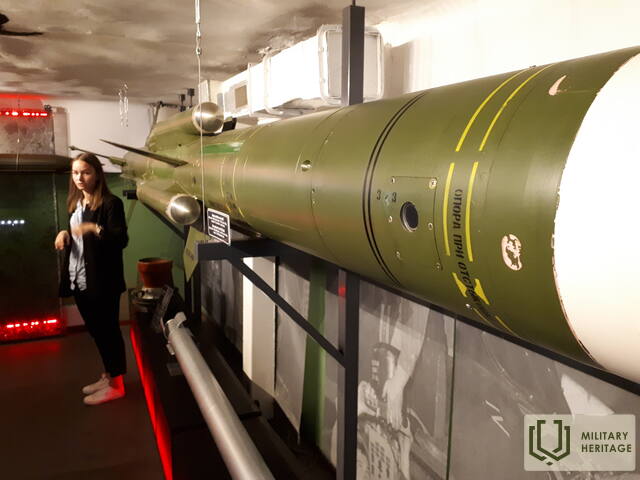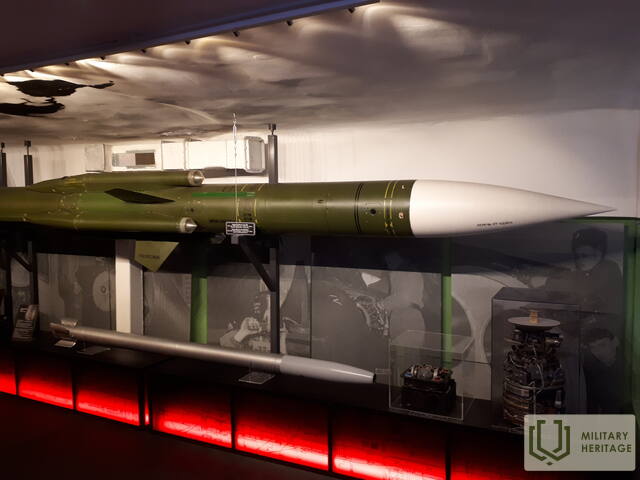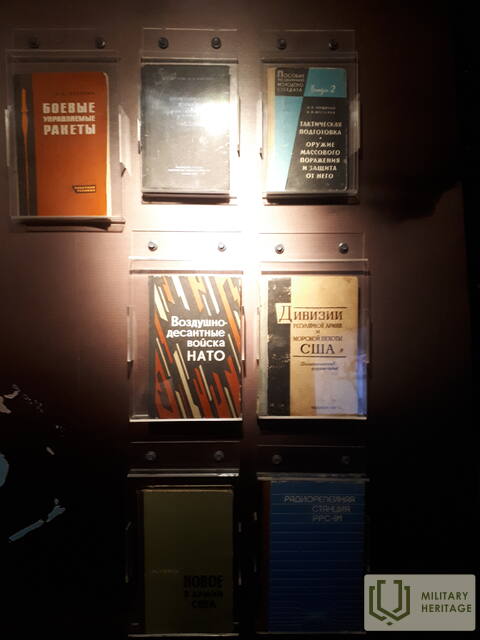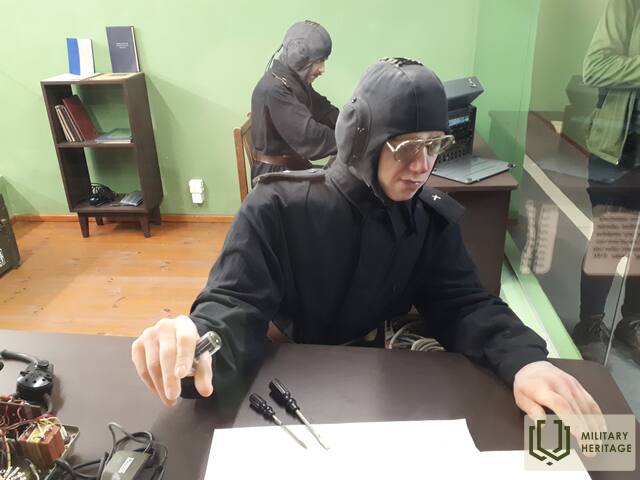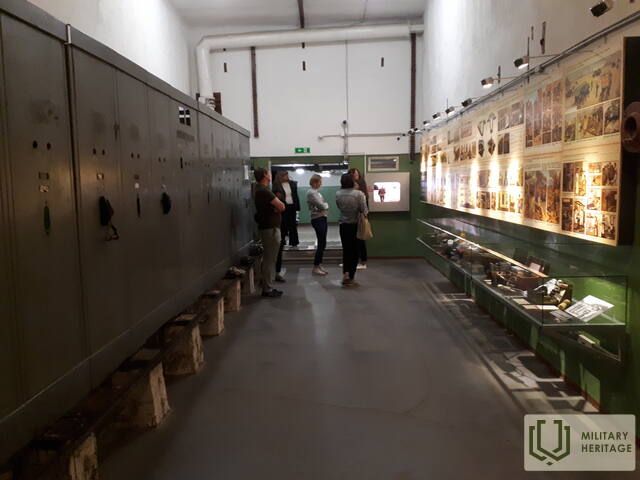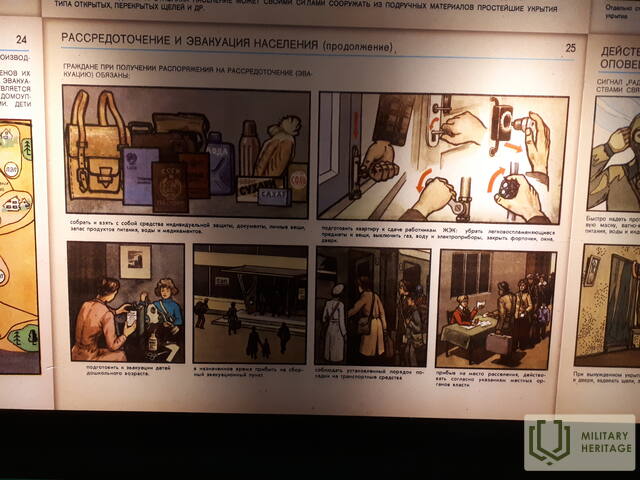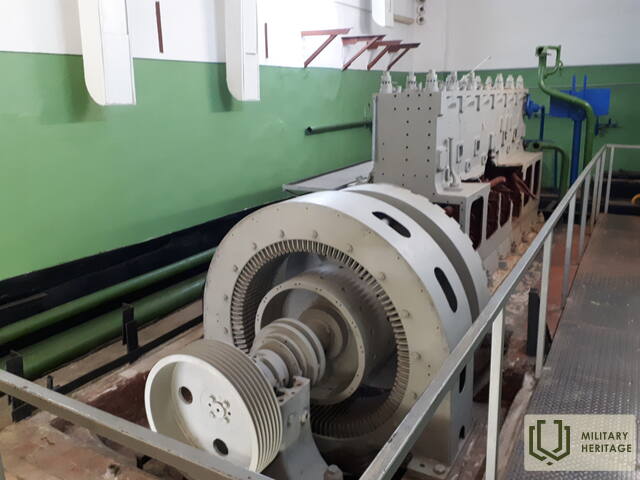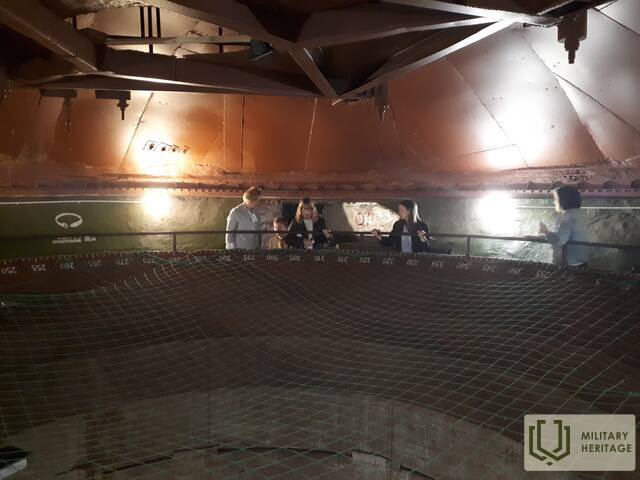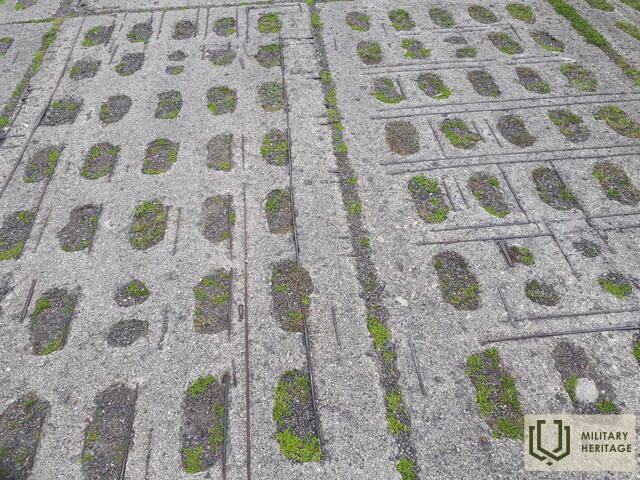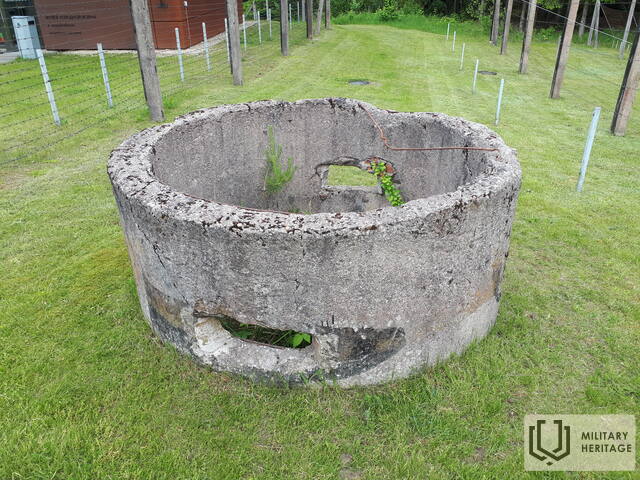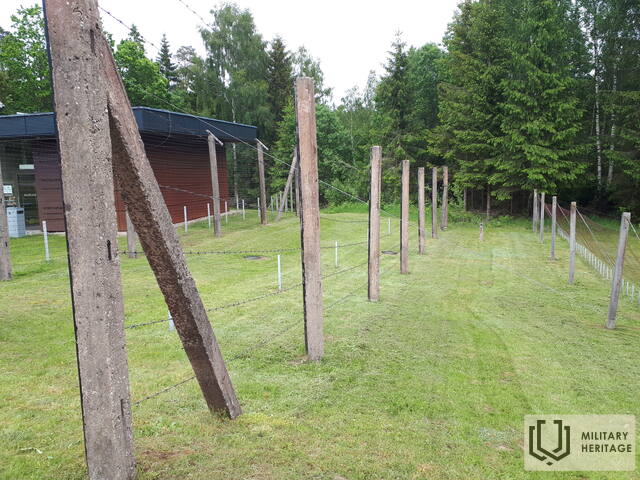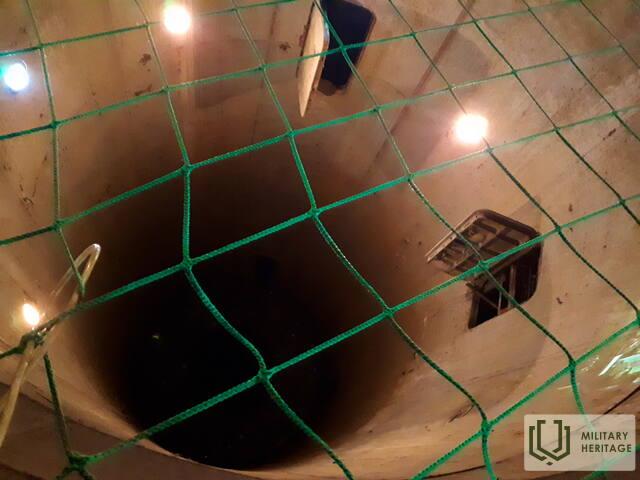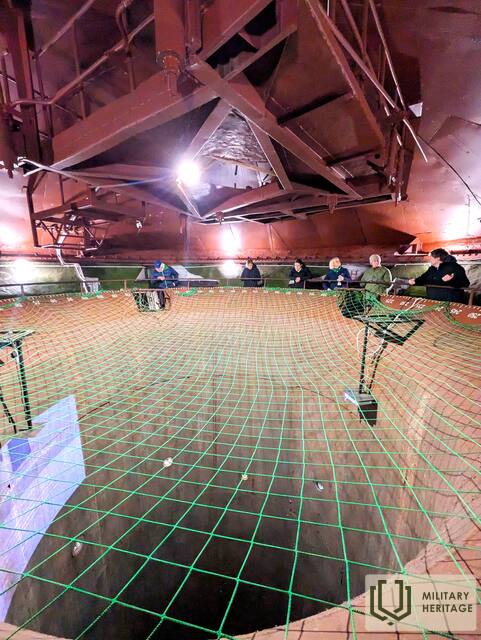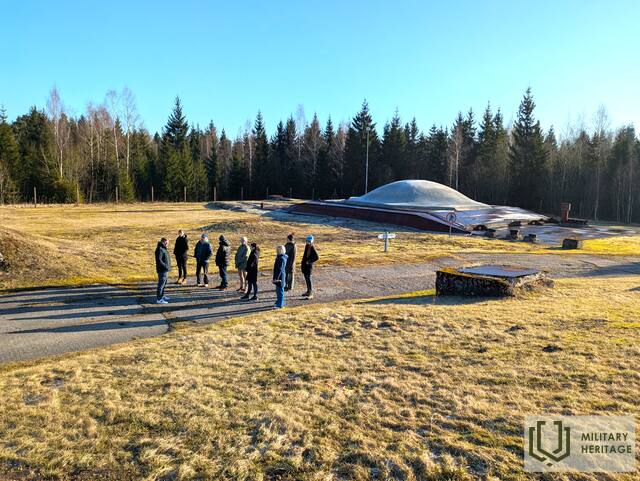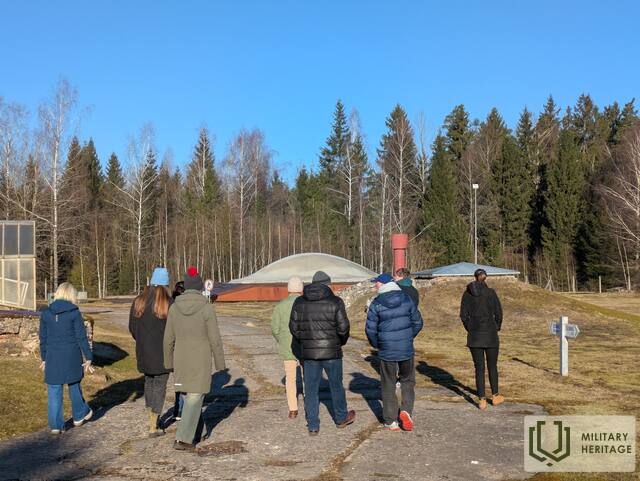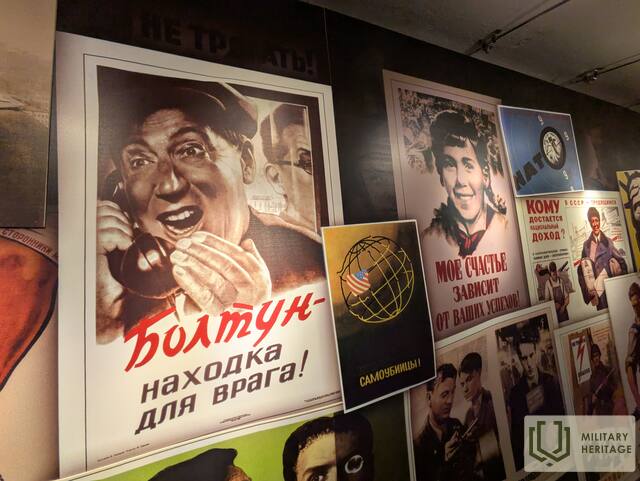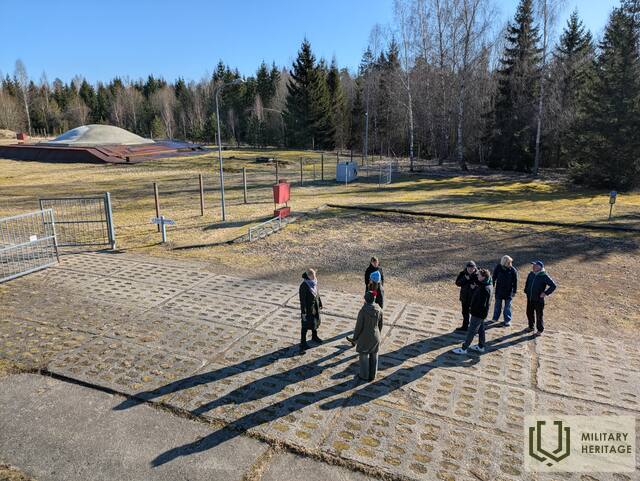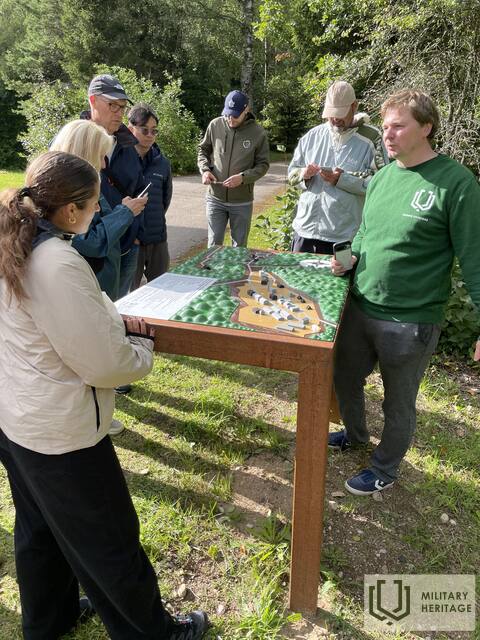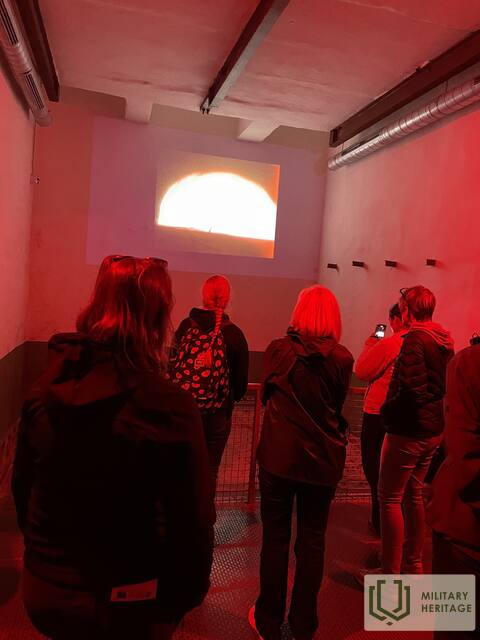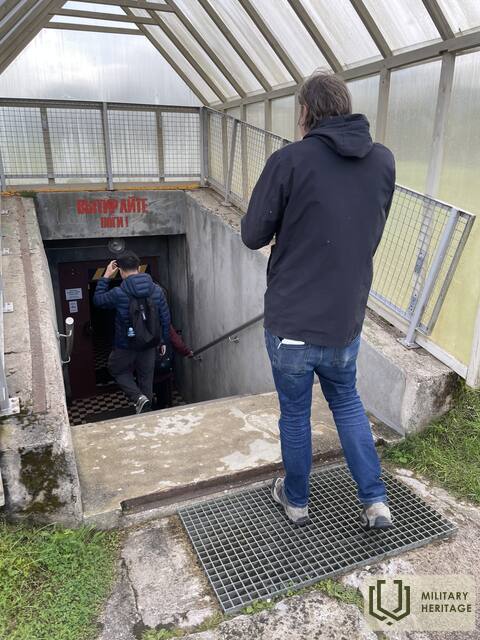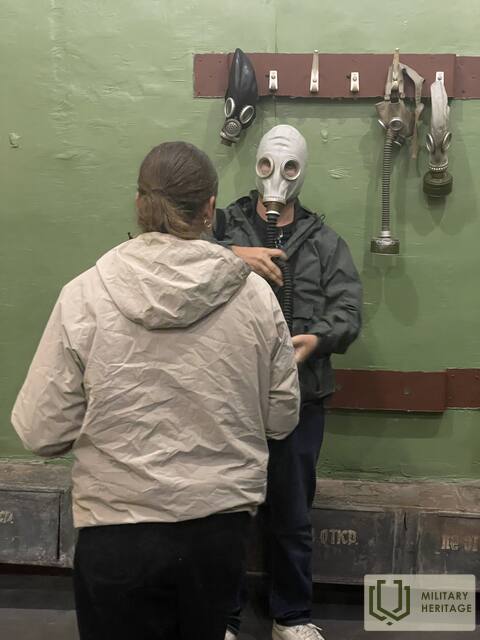Cold War exposition Infrastructure

On 31 December 1962, one of the first underground launch complexes for R-12 ballistic missiles in the Soviet Union, the Dvina underground launch complex, was put into operation
in Plokštinė Forest (Plungė district).
Between 1963 and 1978, four R12 medium-range ballistic missiles (SS-4 Sandal) equipped with a 2.3-megatonne nuclear warhead were deployed at the complex. All the missiles were aimed at Western European countries. This complex, together with similar surface-launched missile bases, formed a single Soviet nuclear arsenal in Lithuania, which was capable of destroying the whole of Europe. In its 16 years of operation, not a single missile was fired, despite the declaration of combat readiness during the Prague Spring in 1968.
After the Soviet soldiers left on 18 June 1978, the poorly guarded military facility was vandalised and looted. In 1993, when the complex was handed over to the Žemaitija National Park Directorate, its restoration began. In 2012, the Cold War exposition was opened. Today, this once very secret and guarded place is open to the public. A historical exposition on the Cold War period is on display at the former missile and equipment control room house. To date, it is the only museum in urope where a preserved underground missile launch silo is on display.
Used sources and references:
Educational programs
Educational program "Games and discoveries at the rocket base"
Do you like history, are you interested in the Cold War period? Want an unconventional museum lesson? We offer such an opportunity at the Cold War exhibition. During the educational program, it will be possible to get acquainted with the historical period of the Cold War and the only operational underground missile launch base in Lithuania. During the education, the participants, divided into groups, perform a variety of tasks promoting active cognition: deciphering a coded secret combat signal, learning to properly put on a gas mask, and getting to know the environment through the senses (hearing, sight, smell and touch).
This education is a game full of interesting stories, tasks, new missions.
The program is intended for students in grades 6-7,
Group size: up to 30 people.
Excursion "Cold War Exposition in a different way"
Arm yourself with flashlights and get ready to get dirty! You will be given the opportunity to explore the most secret corners of the underground missile launch base and learn the history of this special facility. And where else is the opportunity to spend an hour in a space completely isolated from the outside world! There is no mobile connection, no internet, and the only source of light is a handheld flashlight. The body of those who got here shivers, and when listening to the stories and facts that happened here, the visitor feels a threat to all humanity...
Organized groups: with advance registration of adult groups, up to 30 participants.
Related timeline
Related stories
Withdrawal of the Russian army from Lithuania in 1993.
On August 31, 1993, the last military echelon of the Russian army passed through Kena railway station, officially ending the nearly 50-year Soviet military occupation of Lithuania.
About the secret hangar of the nuclear base
A top-secret hangar was installed at the underground thermonuclear missile base in the Plokštinė forests, about which local residents still know very little and whose purpose is shrouded in rumors about the storage of nuclear missile warheads.
Secret Veterinarian
Veterinary doctor Stanislovas Mikašauskas, who worked at the Plokštinė military base, shares his memories of unusual access to the base's territory and strict secrecy even in an informal environment.
K. Meškauskas' memories of the Plungė district missile bases
The former missile bases in the Plungė district hide an impressive history of the Cold War - from the secret transportation of rocket fuel at night to the construction of underground shafts with artificial pressure. The memoirs of doctor Kajetonas Meškauskas reveal little-known details about the activities of the Soviet military and the lives of the builders. His story is not only about the base, but also about a man who found himself in the middle of history.
In the footsteps of nuclear weapons in Šateikiai Forest
In the period 1960-1978, in the forests of Šateikiai village, in the Plungė district, a ground-based missile launch base operated, where medium-range thermonuclear missiles R12U were deployed. After the missiles were transported, the 384th High-Power Artillery Brigade was deployed at the base. At its disposal were self-propelled 203 mm caliber howitzers 2S7 "Pion" and a variety of other weapons, which cost lives.




